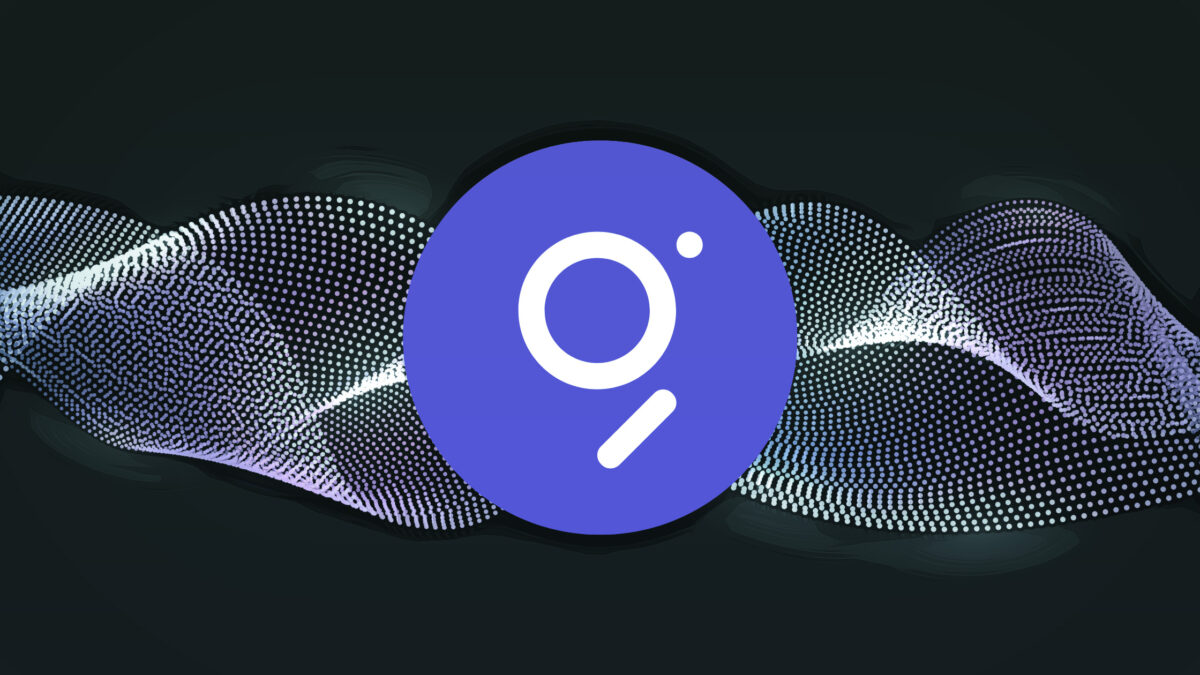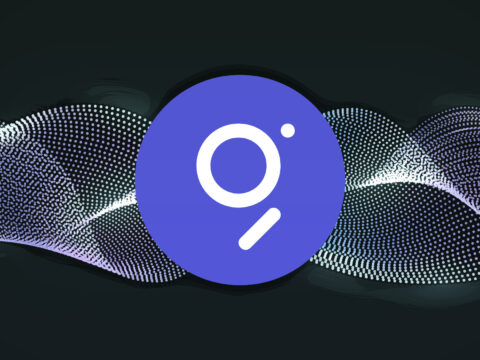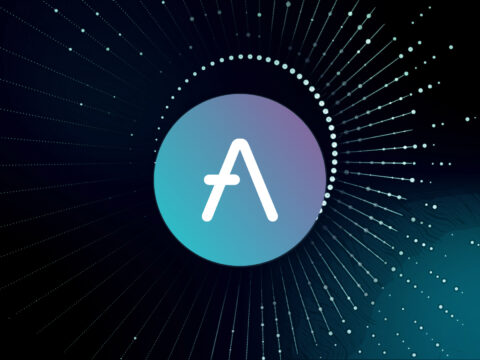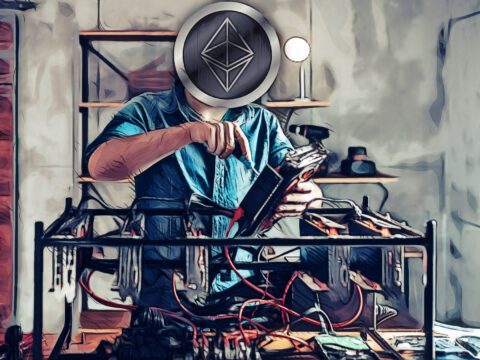
GRT is the Ethereum ERC-20 token that powers The Graph, a decentralized indexing protocol that allows anyone to build and publish open Application Programming Interfaces (APIs) to make data more accessible.
The Graph was founded by Yaniv Tal, Jannis Pohlmann, and Brandon Ramirez, who announced it in June 2018 as a query protocol for blockchains to help create a new web.
The project sold out $12 million in its GRT public sale in October of 2020 and counted with the support of over 4500 people, selling over 400 million GRT tokens.
As multiple organizations and communities continue to work toward the Web3, the next-generation decentralized web, The Graph is looking to become the decentralized infrastructure that supports its queries.
The Graph Foundation announced the launch of the Mainnet back on December 17, 2020, getting the project one step closer to its goal. More than 1600 individuals participated in a special program to learn how to help moderate subgraphs.
The protocol is already being used by popular projects like Curve, Uniswap, Decentraland, PoolTogether, and many more, with over 3400 subgraphs already being deployed.
The governance of the network was placed in the hands of The Graph Council, a group that is intended to represent all of the roles that exist in the protocol. These members are part of multiple organizations and backgrounds, allowing for a holistic approach toward governance.
What is the Purpose of GRT?
GRT was designed to power The Graph by allowing the network to coordinate work and allow node operators to stake and earn GRT as a reward for processing queries, as well as allowing holders to delegate their tokens to node operators.
The Graph was developed as an indexing protocol to organize and grant efficient access to data from blockchains and storage networks, creating a means to fight decentralization by facilitating interaction with decentralized services.
One of the biggest challenges for developers using blockchain and storage networks is parsing through data obtained from them. It is rarely stored in a friendly format that can be directly used in their applications. This results in developers needing to filter, sort, group, and modify the data before serving it to its user.
While developers can get around this issue by building centralized indexing servers, this approach adds points of failure and reduces the efficiency of development teams.
The graph will remove the need for workarounds by allowing them to query a peer-to-peer network of indexing nodes, channeling their efforts to work on their product’s actual functionality.
By standardizing and facilitating data fetching from a decentralized platform, The Graph will boost the transition towards web3 by increasing its reliability, security, and ease of development.
How Does GRT Work?
The Graph uses Open APIs, called subgraphs, to allow developers to fetch and serve information quickly and efficiently by abstracting the interaction with Ethereum’s native API. Every subgraph is open source, allowing developers to audit them before integrating them into their applications.
To achieve this, The Graph uses 4 unique roles: Indexers, curators, delegators, and consumers. While indexers and curators require some level of technical expertise, delegators and consumers don’t.
Indexers are the node operators in The Graph Network. By staking GRT and running node software, they can provide indexing and querying services while receiving rewards in the form of GRT for doing so.
Curators are in charge of informing Indexers which subgraphs should be indexed after using their knowledge to identify the most reliable data feeds and depositing GRT to signal a subgraph. The Curators will then earn a portion of the query fees generated by those subgraphs they signaled, incentivizing them to select the best data sources.
On the other hand, delegators take a more passive approach by allocating their GRT to indexers, earning a portion of the query fees they generate and increasing the chances for that indexer to receive queries.
Lastly, consumers are the end-users who will call the subgraphs and pay query fees using GRT. Using The Graph, consumers can be sure they receive stable and quality data due to the network’s decentralization.





